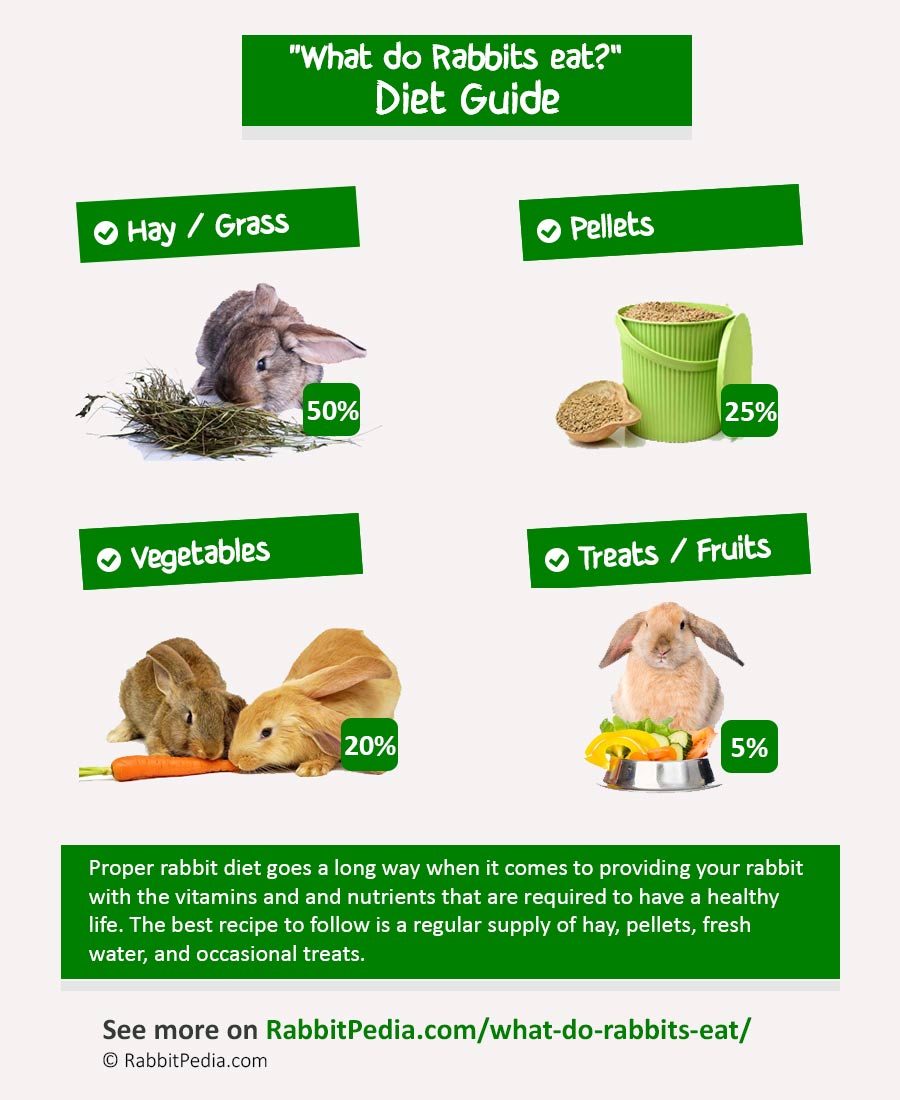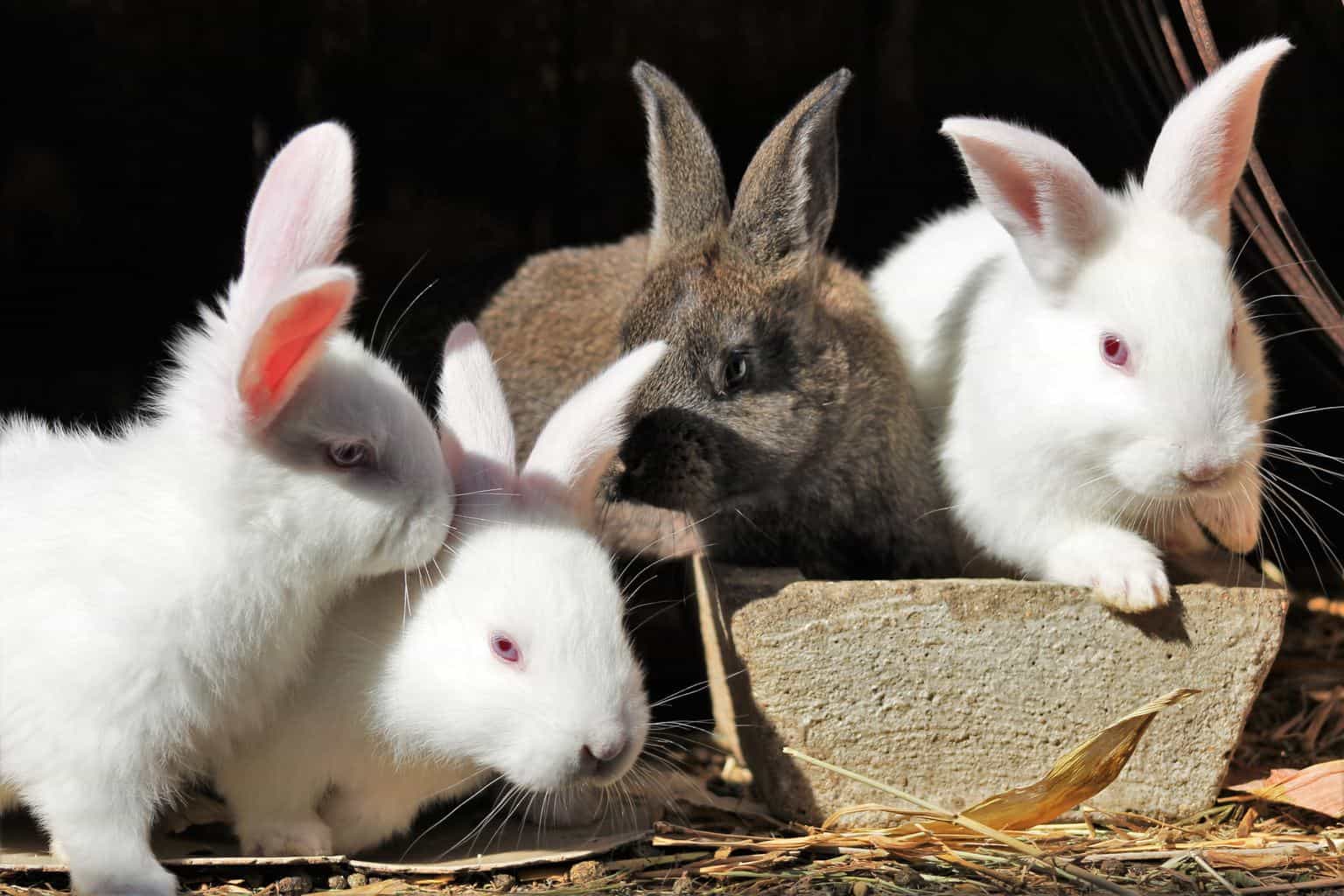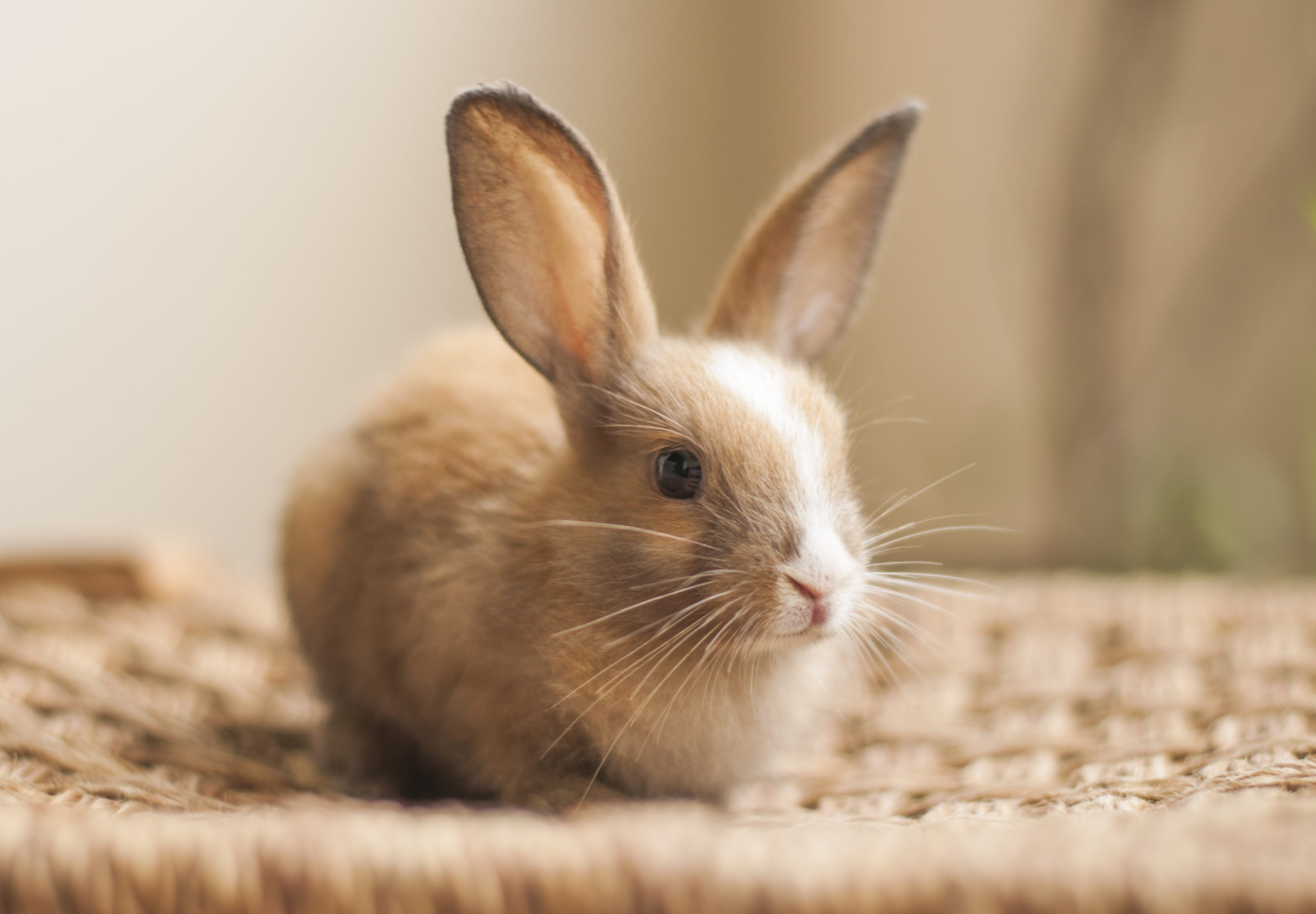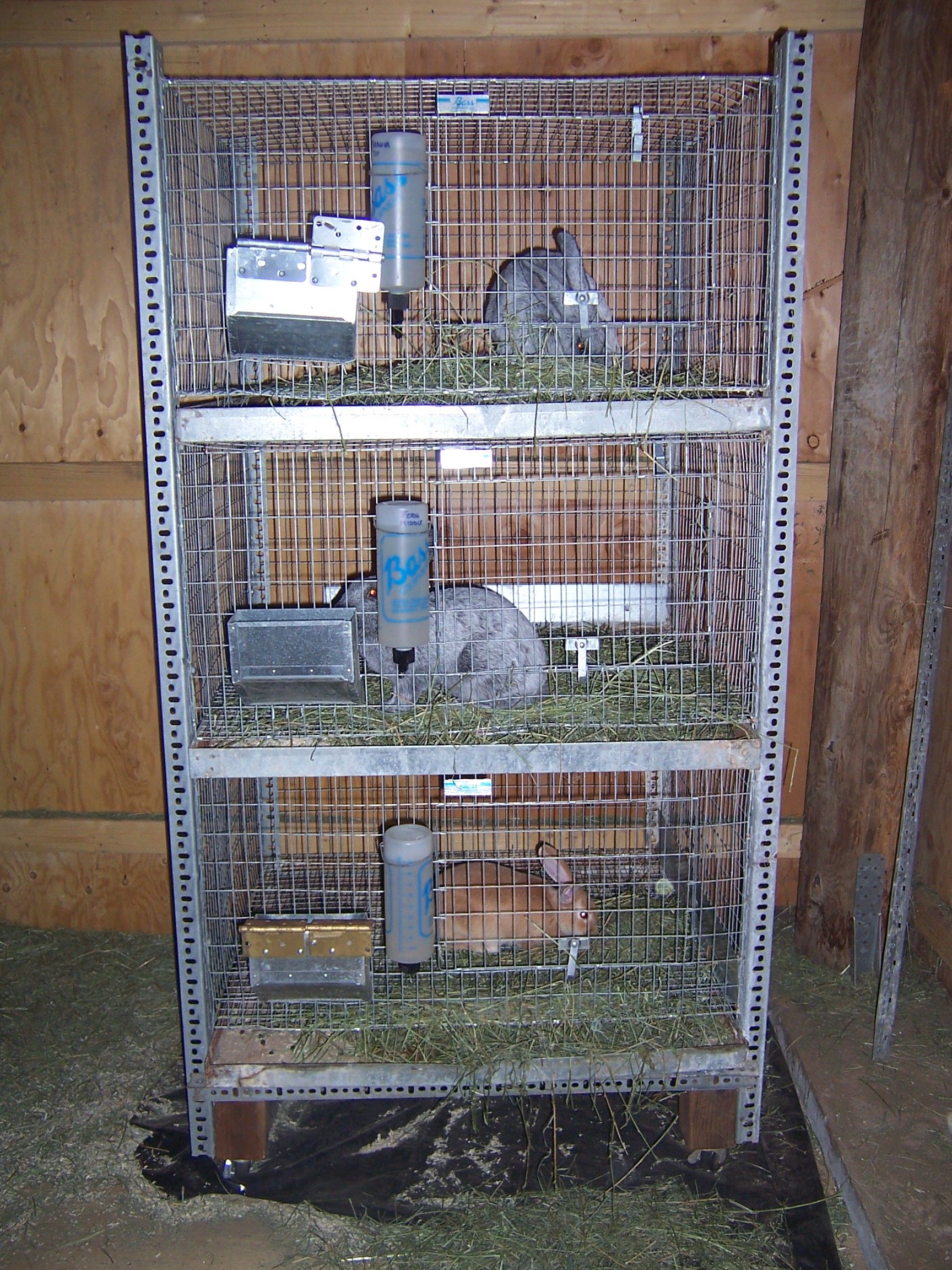If you are considering setting up a rabbitry, you have come to the right place. This article will provide you with all the information you need to know about setting up a rabbitry. From the basics of what a rabbitry is, to the supplies you need, and even how to care for your rabbits, this article will cover everything you need to know about rabbitry setup.
Choosing the Right Rabbit Breeds

When setting up a rabbitry, selecting the right breed of rabbit is essential for a successful operation. Each breed has its own characteristics, from size and fur type to temperament and hardiness. Consider the purpose of the rabbitry when selecting breeds, as well as the environment and climate of the area.
| Breed | Size | Temperament | Hardiness |
|---|---|---|---|
| Holland Lop | Small | Friendly and social | Tolerates a wide range of temperatures |
| Flemish Giant | Large | Calm, but can be skittish | Tolerates cooler temperatures |
| Mini Rex | Small | Very social and friendly | Tolerates a wide range of temperatures |
| Californian | Medium | Friendly, but can be dominant | Tolerates cooler temperatures |
Examples of popular breeds for a rabbitry set up include the Holland Lop, Flemish Giant, Mini Rex, and Californian. Holland Lops are small rabbits with friendly and social temperaments that can tolerate a wide range of temperatures. Flemish Giants are large rabbits with calm temperaments, but can be skittish, and do better in cooler temperatures. Mini Rex are small rabbits with very social and friendly temperaments that can tolerate a wide range of temperatures. Californians are medium rabbits with friendly, but can be dominant, temperaments that do better in cooler temperatures.
When selecting breeds for a rabbitry, carefully consider the environment, climate, and purpose of the rabbitry. The right breed of rabbit can make all the difference in the success of the operation.
Housing Requirements
- Size: Rabbit cages must be large enough to accommodate the breed of rabbit. Larger breeds such as Flemish Giants will require a bigger cage than Dwarf breeds.
- Ventilation: Rabbitry must be well ventilated with fresh air to help minimize the risk of respiratory illnesses.
- Lighting: Rabbits need at least 12 hours of direct sunlight per day.
- Temperature: Rabbitry should be kept between 65-75 degrees Fahrenheit.
- Bedding: Rabbitry should be kept clean and dry at all times. Bedding should be changed regularly and cages should be disinfected on a weekly basis.
Feeding Requirements

- Hay: Rabbits require hay as their primary food source. Timothy hay is the most suitable for rabbits, and should be available at all times.
- Vegetables: Dark, leafy greens should make up the majority of a rabbit’s diet, and should be offered daily. These can include romaine lettuce, parsley, cilantro, kale, and other vegetables.
- Fruits: Fruits should be offered in moderation, and should not make up a significant portion of the diet. Apples, pears, bananas, and other fruits can be offered occasionally.
- Pellets: Commercial rabbit pellets are the least important part of a rabbit’s diet, and should only be offered in small amounts. Pellets should not be given to rabbits under 6 months of age.
- Treats: Fresh herbs, a variety of vegetables, and small amounts of fruit can be offered as treats. Commercial treats should be avoided, as they are often high in sugar and fat.
Selection of Supplies

- Housing: Rabbitry housing is a key consideration when setting up a rabbitry. The housing should be spacious, well-ventilated, and easy to clean. Materials such as wood, metal, or plastic can be used for construction.
- Feeders: Rabbit feeders should be designed to prevent contamination and to keep food fresh. There are a variety of types available, including suspended feeders, trough feeders, and gravity feeders.
- Water Bottles: Rabbitry water bottles should be easy to fill and clean, and should be securely attached to the cage. Water bottles should be checked regularly to ensure they are not leaking.
- Bedding: Rabbitry bedding should be absorbent and easy to clean. Materials such as hay, straw, shredded paper, or wood shavings make good bedding options.
- Toys: Rabbits need enrichment, so providing toys for them to play with is essential. Toys such as cardboard boxes, cardboard tubes, and chewable wood blocks can provide entertainment for rabbits.
- Treats: Rabbit treats are a great way to reward good behavior and provide additional nutrition. Treats such as hay cubes, dried fruit, and vegetables are suitable for rabbits.
Building and Setting Up the Rabbitry

Housing: The first step in setting up a rabbitry is building the housing. This should be a warm, dry, and draft-free space. The walls should be made of durable materials that can easily be cleaned. The floor should also be made of a durable material such as concrete. Ventilation is important, so make sure to install windows and/or a fan for adequate airflow.
Nesting Boxes: Once you’ve built the housing, you’ll need to install nesting boxes. These should be made of a material that can be easily cleaned and provide a safe, warm place for the rabbits to nest.
Feeders and Waterers: You will also need to purchase feeders and waterers for the rabbits. These should be made of a durable material that can easily be cleaned and will not leak.
Bedding: Bedding is also important for a rabbitry. It should be made of a material that can be easily cleaned and will provide a soft, warm surface for the rabbits to sleep on.
Fencing: Fencing is also necessary in a rabbitry. This should be made of a material that will keep the rabbits safe and secure. It should also be tall enough to prevent predators from entering the area.
Exercise Areas: Exercise areas should also be provided in the rabbitry. These should be made of a durable material that can be easily cleaned. The areas should be large enough to allow the rabbits to move around freely.
Breeding and Care

Housing: Rabbits need to be kept in a secure and temperature-controlled environment. The ideal temperature range is between 50-70°F. The cage should be at least 6 square feet in size and have a solid floor. Additionally, the cage should have a hutch or raised area to provide the rabbit with a safe space.
Food: Provide your rabbits with a quality rabbit feed, hay, and fresh vegetables. Additionally, rabbits should have access to fresh water at all times.
Healthcare: Regular checkups with a veterinarian are essential to ensure the health and well-being of your rabbits. Additionally, rabbits should be vaccinated against common diseases, such as myxomatosis and viral hemorrhagic disease.
Breeding: Rabbits should only be bred when healthy and of suitable age. The mating of two rabbits should be carefully monitored to ensure the health and safety of both animals.
Handling: Rabbits should be handled with care and respect. It is important to be gentle and patient when handling rabbits.
Grooming: Rabbits should be brushed regularly to remove dead hair and dirt. Additionally, nails should be trimmed regularly to prevent injury.
Health and Care

Rabbits need regular health check-ups and vaccinations to keep them healthy. A yearly visit to the vet is recommended to keep your rabbits in good condition. Vaccinations are needed to prevent certain diseases such as Myxomatosis and Viral Haemorrhagic Disease. Additionally, some localities require you to have your rabbits vaccinated against certain diseases.
Parasite control is also important for keeping rabbits healthy. Parasites can be internal or external and can cause serious health problems. To keep them at bay, use flea and tick control products that are specifically formulated for rabbits. Additionally, deworming your rabbits regularly is also recommended.
Grooming and Diet are also important factors in a rabbit’s overall health. Regular brushing will help keep the fur clean and free of mats, while a balanced diet will provide the necessary nutrients for your rabbit’s well being. A diet high in fiber and low in sugar is recommended. Additionally, fresh hay should be provided at all times to help with digestion and to provide roughage.
Finally, exercise is important for your rabbits. Providing them with a large enough hutch and an outdoor play area will help keep them active and mentally stimulated. Additionally, providing toys for your rabbits to play with will help keep them entertained and allow them to express their natural behaviors.
Record Keeping
Keeping accurate records of your rabbits is essential for managing a successful rabbitry. Records should include:
- Rabbit Identification: Unique ID numbers, breed, color, sex, date of birth and pedigree information.
- Health Records: Medical treatments, vaccinations, worming, breeding history and dietary information.
- Breeding Records: Breeding dates, mating pairs, gestation and delivery information, and vital statistics for litters.
- Financial Records: Feed costs, veterinary fees and other overhead expenses.
Record keeping is made easier with the use of software specifically designed for rabbitry setup and set up. Software allows you to store your records digitally and organize them into searchable records.
Frequently Asked Questions
What kind of housing is best suited for a Rabbitry?
Rabbits should be housed in a secure, well-ventilated enclosure that is large enough for the rabbit to move around in. The enclosure should be made of solid material such as wood, wire, or plastic, and should have plenty of bedding for the rabbit to burrow in. The enclosure should also have a hutch and a nesting box, as well as a litter box for the rabbit to use. Additionally, the enclosure should have a feeder and a water bottle for the rabbit to use.
What are the essential items needed to set up a Rabbitry?
Housing:
- Rabbit hutches
- Cages
- Straw or hay
- Wood shavings
- Feeders
- Water bottles
Feed:
- Hay
- Grain pellets
- Vegetables
- Fruits
Equipment:
- Grooming tools
- Cleaning supplies
- Vaccines
- Medications
- Breeding supplies
Miscellaneous:
- Toys
- Treats
- Bedding
- Storage containers
How Often Should a Rabbitry Be Cleaned and Maintained?
A clean, sanitary environment is essential to the well-being of your rabbits. To ensure their health and happiness, the rabbitry should be thoroughly cleaned and disinfected at least once a month. Additionally, the hutches should be cleaned weekly. All bedding and nesting material should be replaced and cleaned regularly. All water and food dishes should be washed daily and all food containers should be washed and disinfected at least once a week. The floor and walls of the rabbitry should be swept and mopped weekly. It is also important to check all the rabbits regularly for signs of illness or injury.
What Type of Feed is Best Suited for Rabbits?
Rabbits require a balanced diet of hay, fresh fruits and vegetables, and a small portion of commercial rabbit feed. The best type of hay to feed your rabbits is timothy hay, as it is high in fiber and low in protein and calcium, which helps to keep the digestive system of the rabbit healthy. Fresh fruits and vegetables, such as carrots, apples, and dark leafy greens, should be given in moderation based on the size of the rabbit. A small portion of commercial rabbit feed, such as pellets, is also recommended to provide a balanced diet.
What health concerns should be monitored when raising rabbits?
- Infectious Diseases – Rabbits are susceptible to a variety of infectious diseases, including myxomatosis, viral hemorrhagic disease, and pasteurellosis. Vaccinations may need to be administered to protect rabbits from certain diseases.
- Parasites – Common parasites that can affect rabbits include fleas, ticks, and mites. Regular grooming and preventative treatments can help control parasites.
- Heat Stroke – High temperatures can cause heat stroke in rabbits, which can be fatal. Good ventilation and plenty of shade should be provided in the rabbitry.
- Nutritional Deficiencies – Improper dietary habits can lead to nutritional deficiencies in rabbits. A balanced diet and access to fresh hay and water should be provided.
- Uterine Tumors – Uterine tumors are a common health concern among female rabbits. Regular health checks and spaying are recommended.
- Dental Issues – Incorrect diet, genetics, and age can all contribute to dental problems in rabbits. Regular dental examinations and checkups should be conducted.
Conclusion
A rabbitry is a great way to raise rabbits for meat, fur, show, or breeding. Before setting up a rabbitry, it is important to research the breed of rabbit that best fits your needs, the housing requirements, and the necessary supplies. Additionally, it is important to consider the cost of feed, bedding, and other supplies as well as the time and effort it takes to care for rabbits. With the right knowledge and preparation, setting up a rabbitry can be a rewarding and successful experience.
